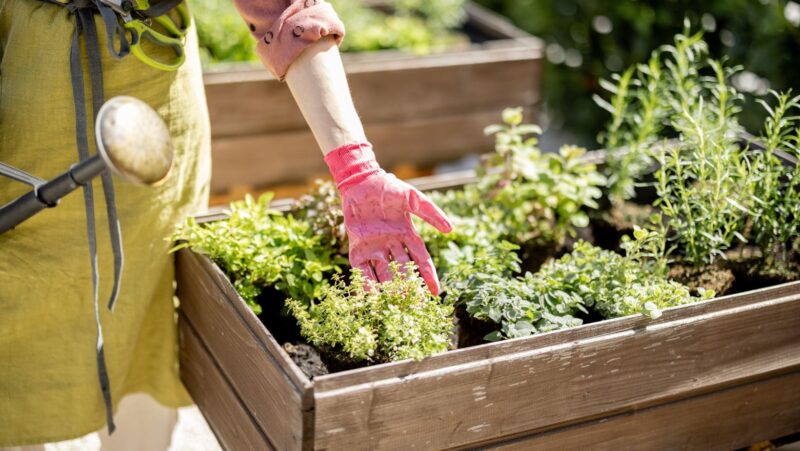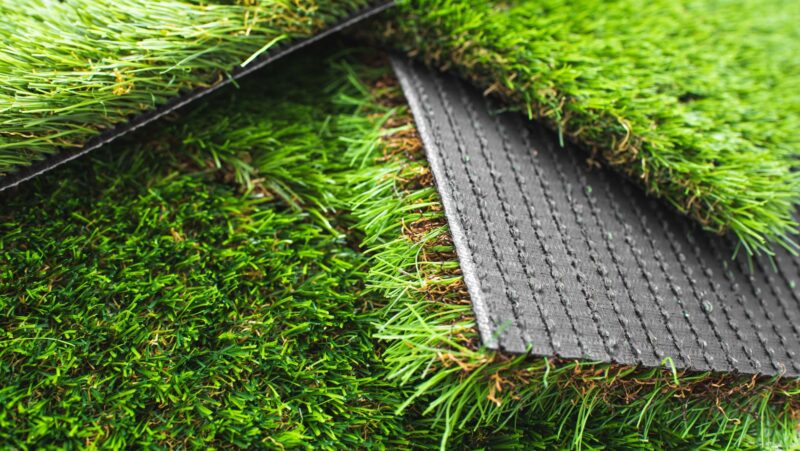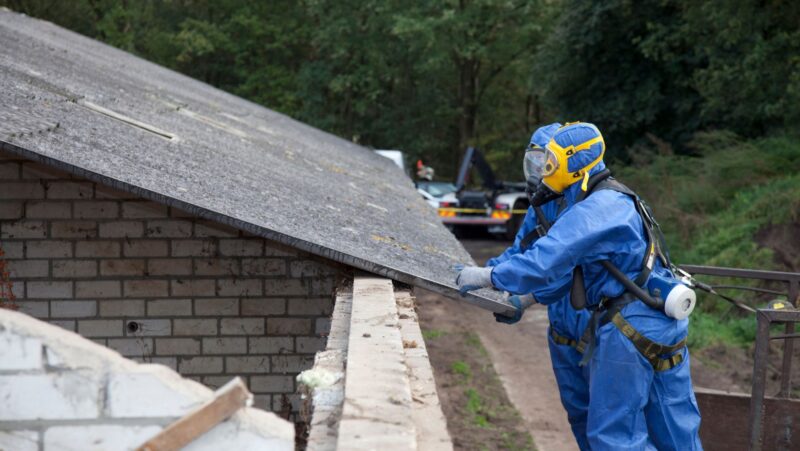
A pergola is a garden structure with a trelliswork roof that creates an inviting space for relaxing, entertaining, or simply enjoying your surroundings. Unlike gazebos and arbors, pergolas are not freestanding structures; they must be attached to a building or other support.
background
There are many different ways to use a pergola. Some people use them as an extension of their home, creating an outdoor living space. Others use them as a focal point in their garden, framing a sitting area or walkway. You can even use a pergola to create privacy around your pool or hot tub.
No matter how you plan to use your pergola, it is important to choose the right location. Pergolas can be made from a variety of materials, including wood, metal, and vinyl.
When choosing the material for your pergola, it is important to consider the climate in which you live. If you live in an area with severe weather conditions, you will need to choose a material that can withstand the elements. For example, if you live in an area with high winds, you will need to choose a material that is wind resistant.
The size of your pergola will also be determined by its purpose. If you are using it as an extension of your home, you will need to make sure it is large enough to accommodate your furniture. If you are using it as a focal point in your garden, you will want to choose a size that is proportionate to the rest of your landscaping.
When choosing the location for your pergola, it is important to consider the amount of sun and shade you would like. Pergolas can provide both shade and sun, depending on how they are designed. If you live in an area with a lot of sunlight, you may want to choose a pergola with a retractable canopy. This way, you can enjoy the sun when you want it and have shade when you need it.
No matter what your purpose is for a pergola, it is important to choose the right one for you. With so many different styles and materials available, you are sure to find the perfect pergola for your home.
what is pergola?
A pergola is an open-air framework that is commonly used to provide shade or support for climbing plants. Pergolas can be freestanding or attached to a building, and their size and style can vary greatly. While the purpose of a pergola has traditionally been functional, many people now incorporate them into their landscaping for aesthetic purposes as well.
Function
The original purpose of a pergola was to support climbing plants, such as ivy or grape vines. The open-air framework allowed the plants to receive sunlight and rain while still being supported. This is still a common use for pergolas today, especially in gardens or areas where grapes are grown.
Another common use for a pergola is to provide shade. The open framework allows sun to filter through, but the overhead structure provides some relief from direct sunlight. This makes pergolas a popular choice for outdoor seating areas or patios.
Aesthetics
While function is still the most common reason for building a pergola, many people now incorporate them into their landscaping for aesthetic reasons as well. Pergolas can be used to create an outdoor living space that feels private and intimate, even in a busy urban area. They can also add interest and structure to a garden or yard.
When choosing a pergola for your landscape, it is important to consider the materials, size, and style that will best suit your needs. There are many different options available, so be sure to do some research before making a final decision. With a little planning, you can create an outdoor space that is both beautiful and functional.












